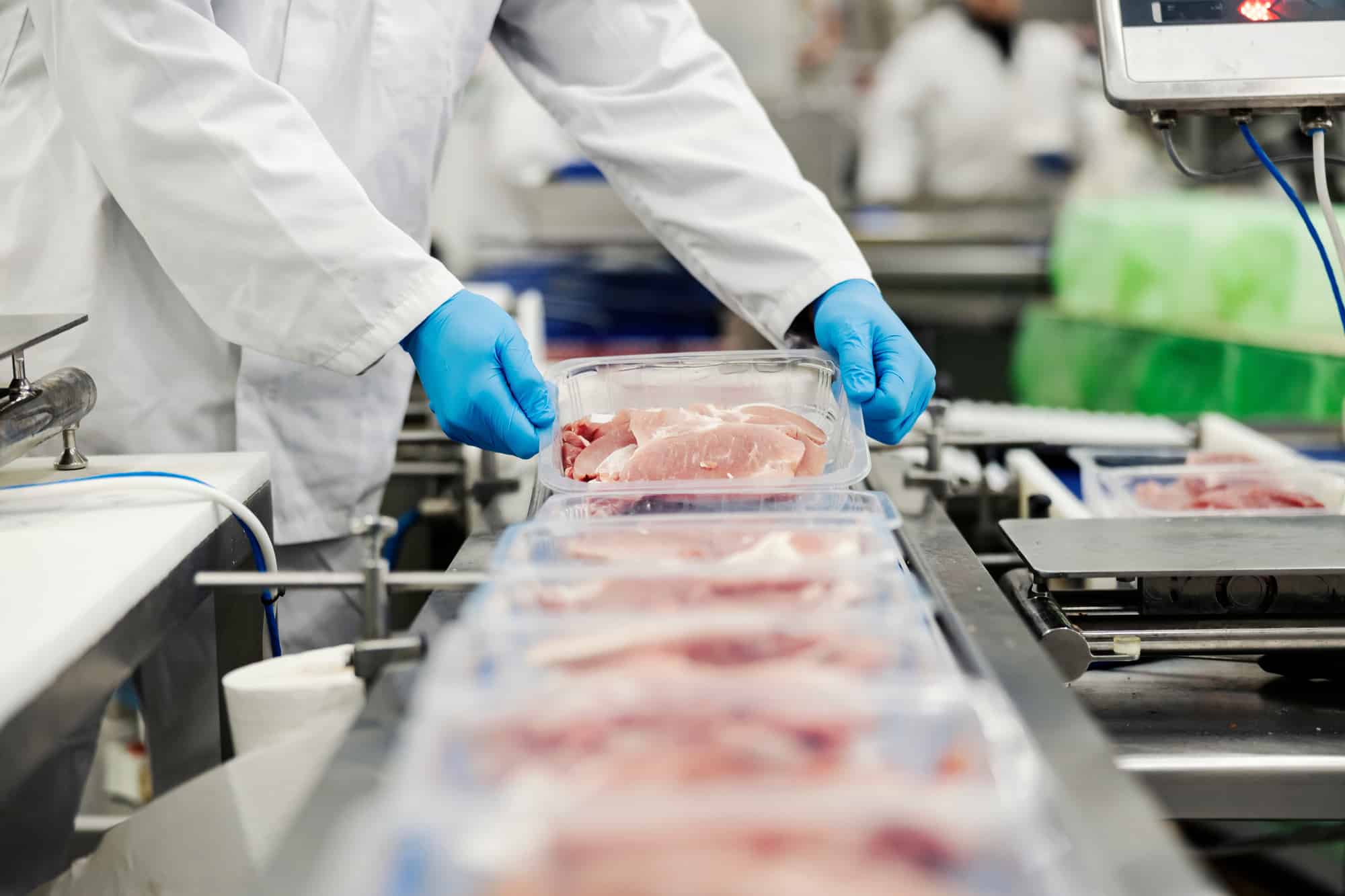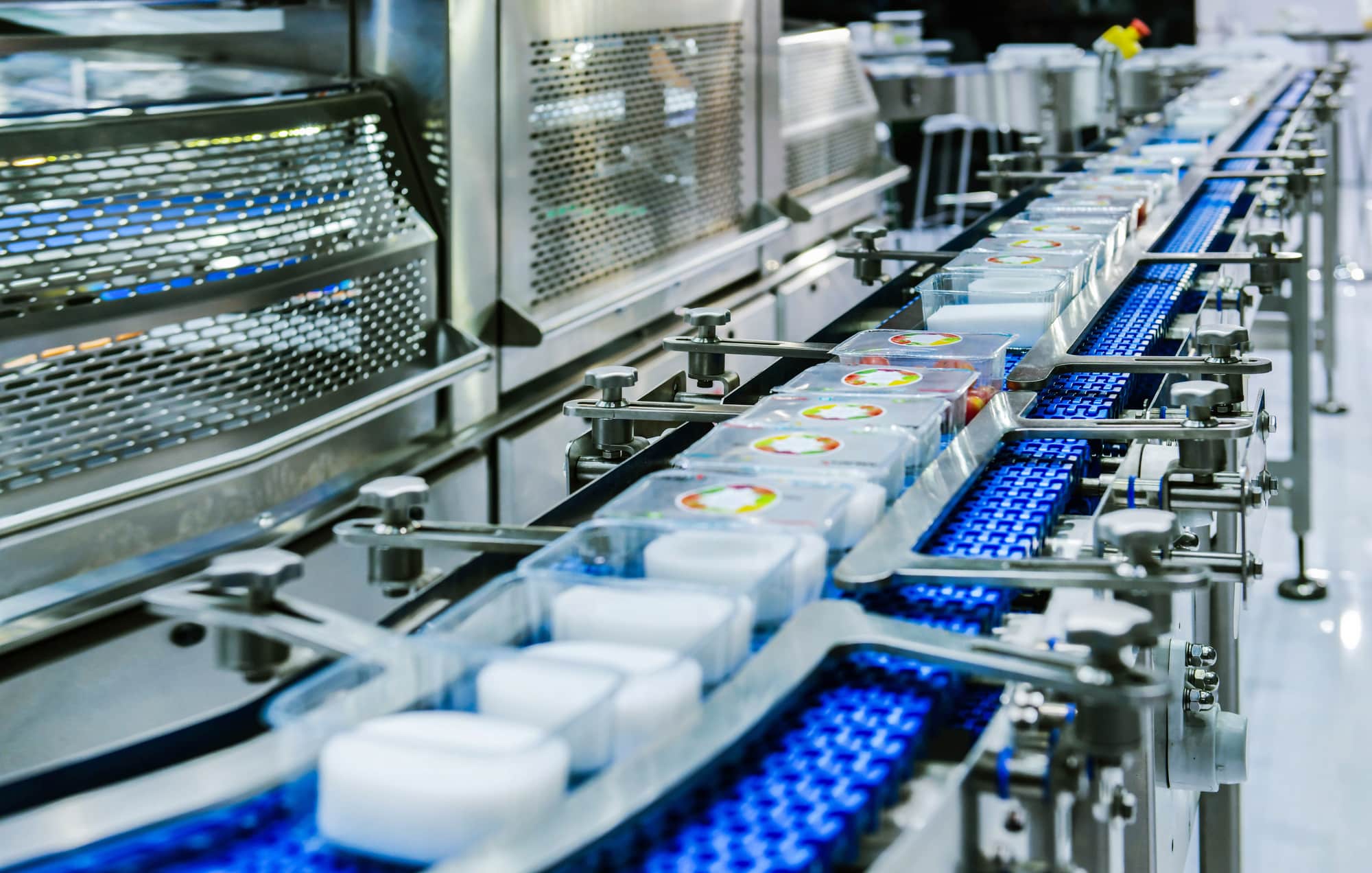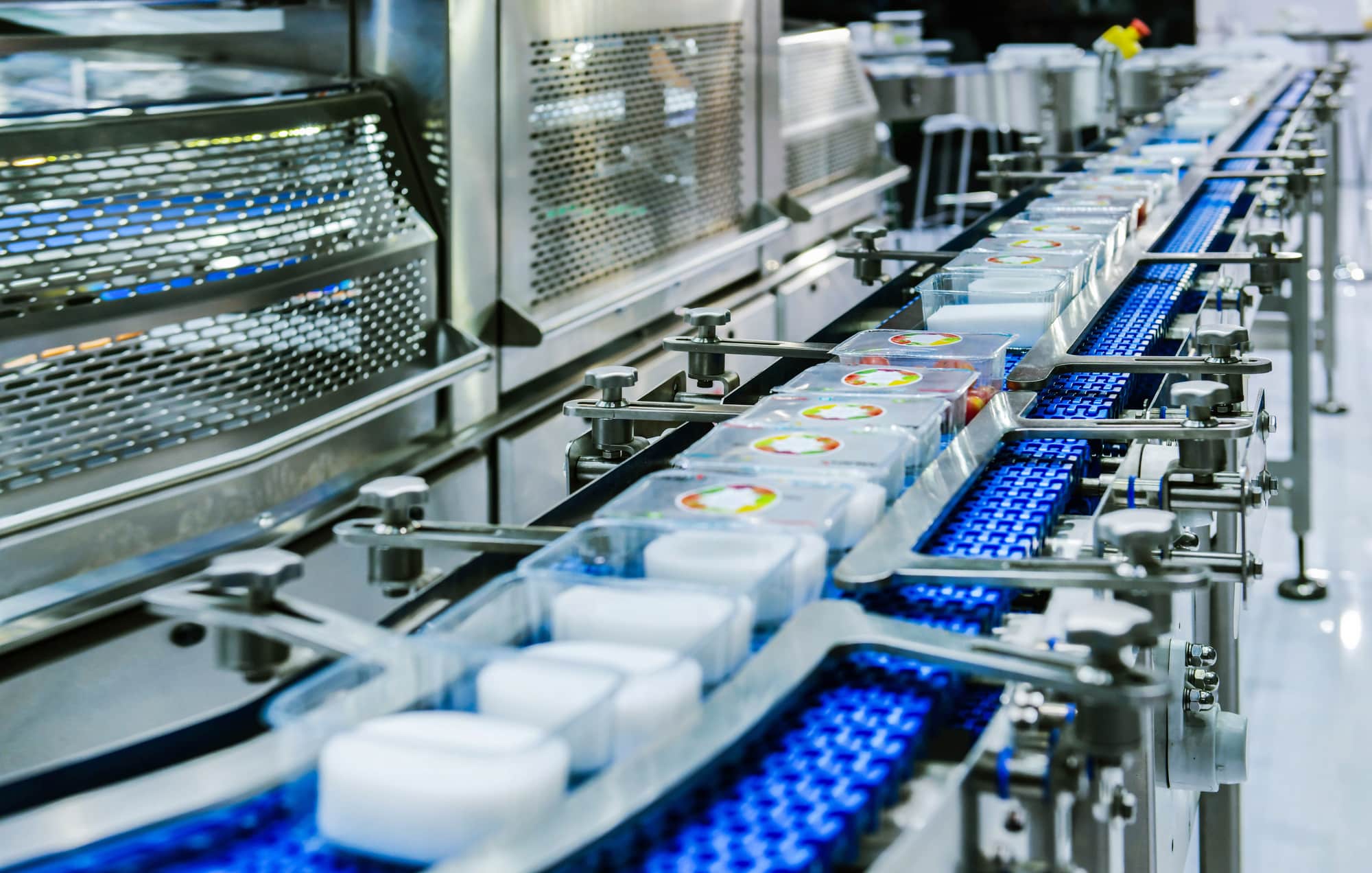As technology advances, the food packaging industry has also seen significant changes. Here are six best practices and six pitfalls to avoid.
As technology advances, the food packaging industry has also seen significant changes. Automation has become a key player in increasing efficiency and productivity in packaging facilities.
There are always upsides and downsides that come with every advancement. Regardless, safety and quality will always remain paramount. Hence, navigating the world of food packaging automation can be challenging. This article will discuss a list of dos and don'ts that every business should consider.

Best Practices In Food Packaging Automation
Knowing the importance of food packaging automation is essential. Such technology has revolutionized how food industry companies handle their products, ensuring efficiency, cost-effectiveness, and compliance with strict health and safety regulations.
The tips below can help optimize your automation processes:
- Invest In High-Quality Equipment
The quality of the equipment used in food packaging automation plays a significant role in the overall success of the process. Investing in high-quality machinery will ensure reliable performance and contribute to the longevity of the equipment, minimizing maintenance and repair costs.
- Conduct Thorough Research
Diving in without proper research can lead to costly mistakes. Before investing in automated equipment or processes, conduct thorough research on available technologies, their capabilities, and their compatibility with your existing production line. Researching the best solutions for your specific needs will save time and money in the long run.
- Prioritize Flexibility And Scalability
The food industry is evolving, and businesses must adapt to changing consumer preferences, market trends, and regulatory requirements. When implementing food packaging automation, prioritize solutions that offer flexibility and scalability. Doing so ensures your operation can adapt quickly to new market demands, product lines, or production volumes without requiring significant additional investments.
- Evaluate Return On Investment
Evaluate the system’s potential return on investment (ROI) before committing to any food packaging automation solution. Consider cost savings from reduced labor, increased production output, and improved product quality.
Also, factor in the initial investment and ongoing maintenance costs to ensure the chosen solution delivers a positive ROI and contributes to your business's long-term success.
- Implement Backup Plans
It's essential to have backup plans to prevent unexpected downtime or production delays. For instance, you may purchase additional machinery or spare parts on hand or establish contingency plans for dealing with equipment failures or other unforeseen issues.
By preparing for potential disruptions, businesses can minimize the impact on their operations and maintain a steady production flow.
- Invest in User-Friendly and Adaptable Automation Systems
Choose a user-friendly food packaging automation system that suits your needs. That way, your team can operate and maintain the equipment more manageably.
Meanwhile, did you know that the food packaging market size was valued at USD$ 150.9 billion in 2021? Experts project an increase of 6.3% from 2023 to 2030 because of stable demand. Adaptability makes your business more agile and responsive to such an emerging trend.

Pitfalls To Avoid In Food Packaging Automation
Understanding and avoiding these common mistakes can help streamline your packaging operations, ensuring your products reach the customers in the best possible condition.
- Do Not Overlook The Importance Of Training And Support
Automation technology is only as effective as the people operating it. Training employees and providing ongoing support can maximize the benefits of food packaging automation. You can provide hands-on training, regular refresher courses, and access to knowledgeable support staff who can address any questions or concerns.
- Do Not Compromise On Food Safety And Quality
Ensure that automated processes meet or exceed industry standards and regulations for food safety, hygiene, and quality control. Regularly inspect and maintain automated equipment to prevent contamination or product defects. To ensure the highest product quality, incorporate advanced inspection technologies.
- Do Not Rely Solely On Automation
Maintain a balance between automated and manual processes, and ensure employees have the skills and knowledge to step in and address any issues that may arise. This approach will help create a more resilient, adaptable production environment.
- Do Not Disregard Customer Feedback
Businesses must maintain sight of the end goal: satisfying customer needs and preferences. Consider the importance of customer feedback when designing packaging and implementing automation processes.
Use customer insights when creating packaging design, selecting materials, and implementing automation techniques. Ensure the final product aligns with consumer expectations and provides a positive experience for the end user.
- Do Not Skip Preventive Maintenance and Upgrades
Maintaining the efficiency and longevity of your food packaging automation equipment is critical to your operation's success. Regular maintenance and timely upgrades can prevent costly breakdowns and ensure that your system continues to meet your evolving packaging needs.
Keeping software and firmware up to date can help you avoid potential security risks and take advantage of new features and improvements.
- Do Not Ignore Sustainable Packaging Materials
Consumers often favor businesses that prioritize sustainability and reward them with customer loyalty and positive brand perception. For instance, excessive plastic or non-recyclable materials can lead to increased waste and a negative environmental impact. Also, it could cause potential customers to choose competitors committed to using eco-friendly materials in their packaging.
Conclusion
Embracing food packaging automation can be a game-changer for businesses in the food industry. However, it's crucial to approach the transition thoughtfully and strategically. Keep these dos and don'ts in mind as you explore automation solutions. This way, you’ll have a more efficient, profitable, and customer-focused food packaging operation.
Remember, success in the food industry relies on embracing new technologies and innovations. It also requires a solid commitment to quality, safety, and customer satisfaction.


